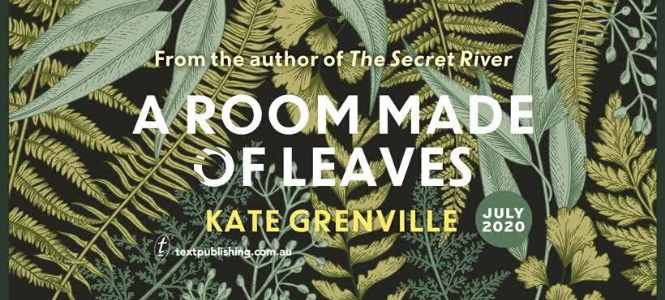
Reckless Paper Birds (2019)- John McCullough
what am I?
I am all
my day connives
I am yellow
and pink
I am jellyfish
and seashells
I am fizzing light
on
skeletons of Russian thistle
I am
the stone
rolled back
in the desert
I am a cup or a mug
I am
the infection
from a contact lens
I am Montaigne
on some days
and even Gaga
I am a dangerous minting
with my cloud of thorns
And beneath it all
I am the silent blanket
with its own agenda
unfinished
That is as close as you can get
to upgrade from
what I am
to
who am I?
MY GOODREADS REVIEW
 Reckless Paper Birds by John McCullough
Reckless Paper Birds by John McCulloughMy rating: 5 of 5 stars
Reckless Paper Birds by John McCullough grips the poetic microscope tightly and closes into the deepest recesses of body and soul in action... together, not separate. The body is no longer the frame, the encasing for the soul, but is the reality of the soul... McCullough's poems are a heaving sea of past and present pieces - colours, scenes, objects and people - all washed into tides of cresting and crashing waves riddled with sensual shock after sensual shock.
The 'I' figure emerges and fades and re-emerges through the poems, ensuring that all the physical experiences are overlaid with soulful introspection.
Varying poetic formats ensure that no one poem is quite the same as the last; no one wave can ever be the same in the sea that is life.
The energy in the poems is palpable, generated by a lively selection of verbs and tightly paralleled images e.g. Outside, the weather bludgeons photo ops... So many images are crunched together and overlaid, creating a richly mesmerising poetic experience.
This collection of poems dares to portray rarely visited (or even recognised or known) human experiences. And the impact is a pleasant surprise.
View all my reviews











